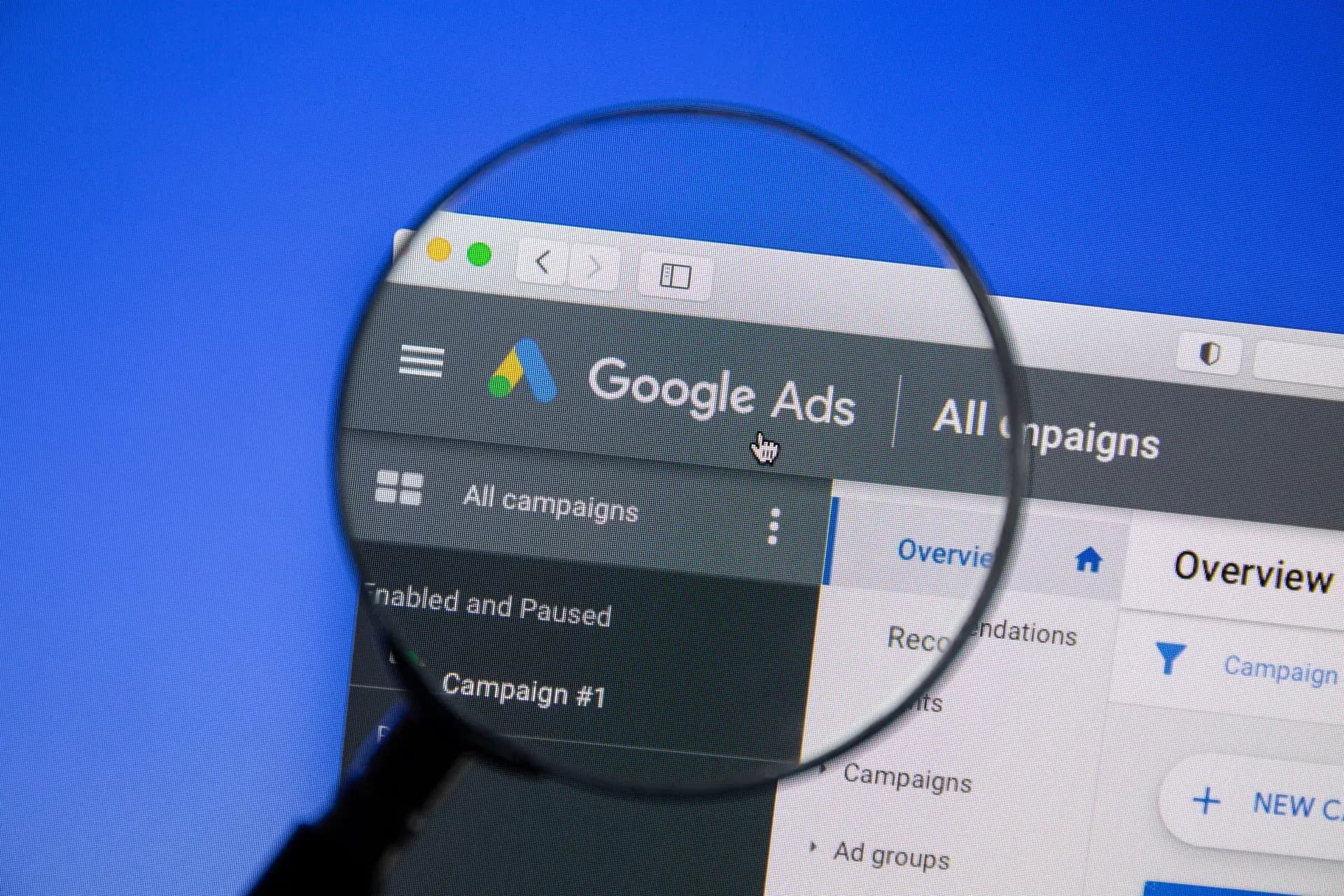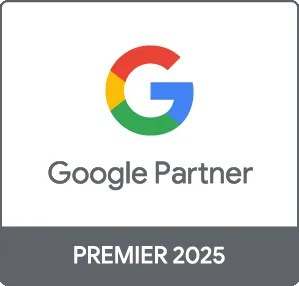Google Ads local targeting allows businesses to connect with potential customers in specific geographic areas. By honing in on local demographics, businesses can ensure their ads reach the right audience at the right time. In this post, we will explore the benefits of using local targeting in Google Ads, practical strategies to implement, and how to optimize your campaigns for the best results. Whether you're a local retailer or a service provider, mastering this feature can lead to significant increases in foot traffic and conversions.
Why Use Google Ads Local Targeting?
Local targeting helps businesses:
- Increase Relevance: Show your ads to users who are physically near your business, making them more likely to convert.
- Drive Foot Traffic: Attract local customers who can visit your store in person.
- Boost Visibility: Get your business noticed in local searches, enhancing brand awareness within your community.
- Enhance Conversion Rates: Local targeting generally leads to higher conversion rates due to more relevant audiences.
How to Implement Google Ads Local Targeting
Follow these steps to set up local targeting in your Google Ads campaigns:
- Select Your Campaign Type: Choose a campaign type such as Search, Display, or Shopping based on your business goals.
- Set Your Targeting Area: In the ‘Locations’ tab, you can specify countries, regions, cities, or even a specific radius around your business location.
- Use Location Extensions: Implement location extensions to display your business address, phone number, and a clickable map, making it easy for local users to find you.
- Leverage Local Keywords: Include keywords that reflect local intent and geographic relevance to capture local searches.
Best Practices for Local Targeting
- Optimize Your Budget: Allocate more budget to high-performing locations while monitoring the performance of each targeted area.
- Use Ad Customizers: Tailor your ad copy to include local keywords or references to local events that appeal to your target audience.
- Monitor and Adjust: Regularly review your campaign metrics to identify which locations yield the best results and adjust your strategy accordingly.
- Seasonal Targeting: Consider local events or seasons in your area that might increase demand for your products or services, and adjust your bids accordingly.
Conclusion
Google Ads local targeting is a powerful tool that helps businesses connect with potential customers in their area effectively. By strategically targeting specific demographics and optimizing your budget, you can enhance your advertising efforts and see tangible results in terms of foot traffic and sales. At Prebo Digital, we specialize in creating customized Google Ads campaigns tailored to your business needs. Get started today and watch your local customer base grow!





